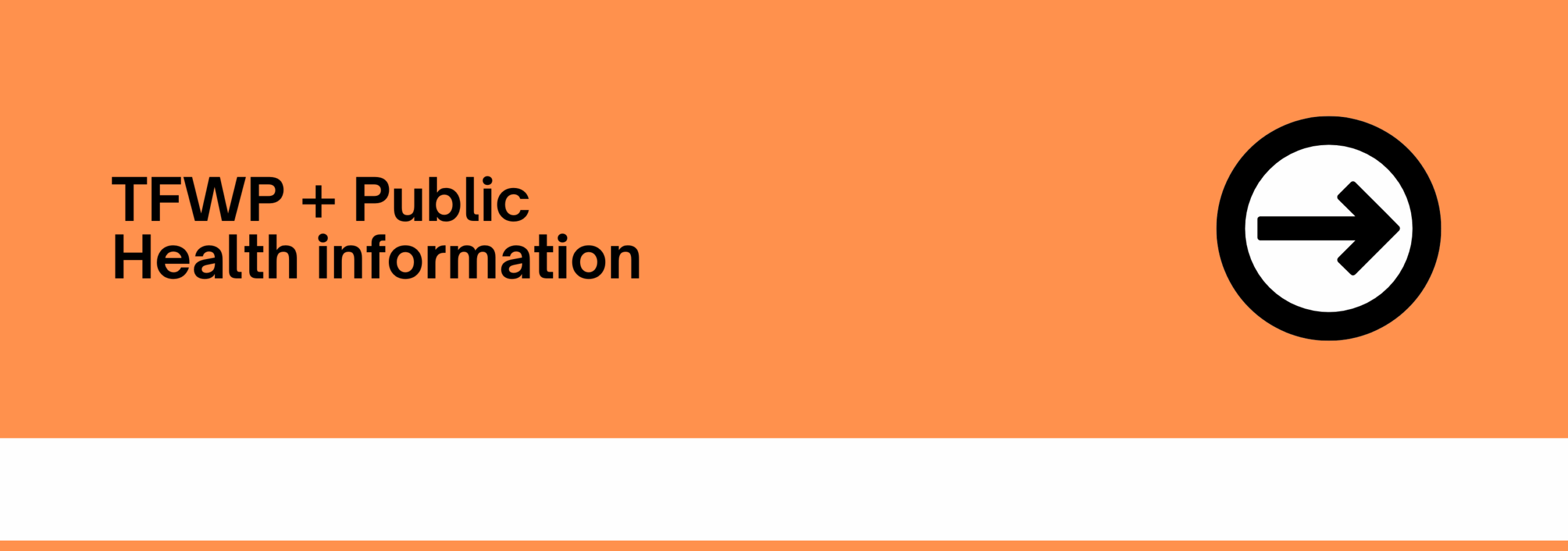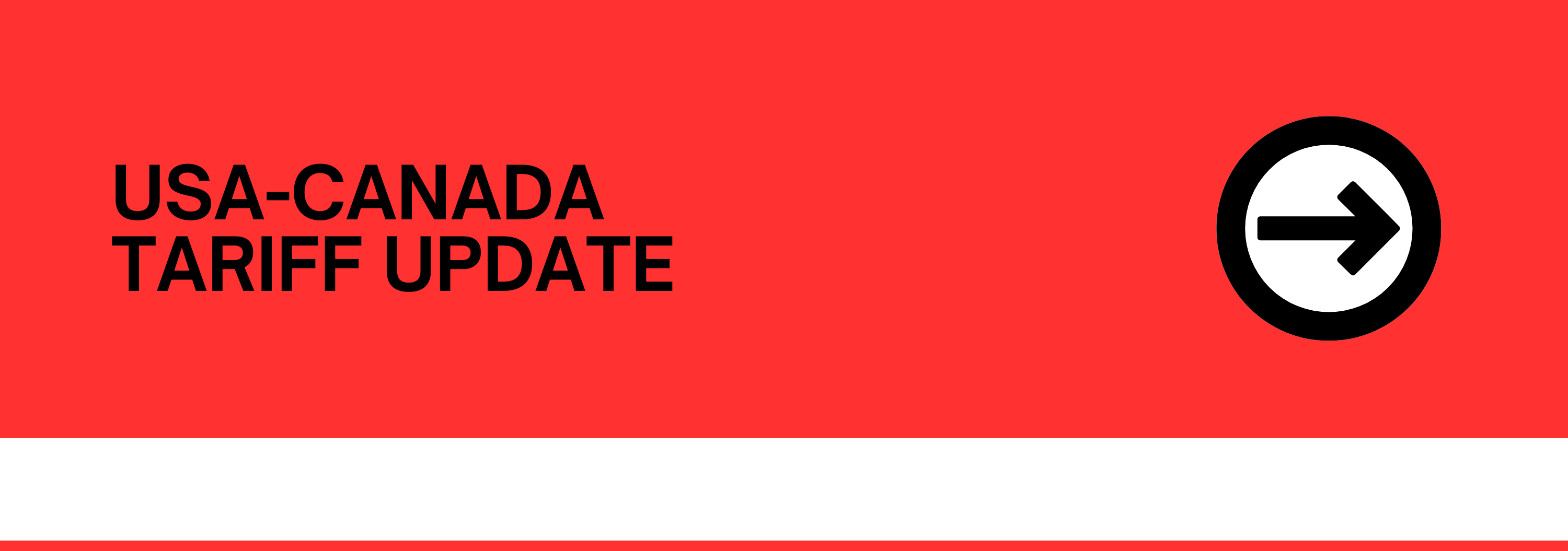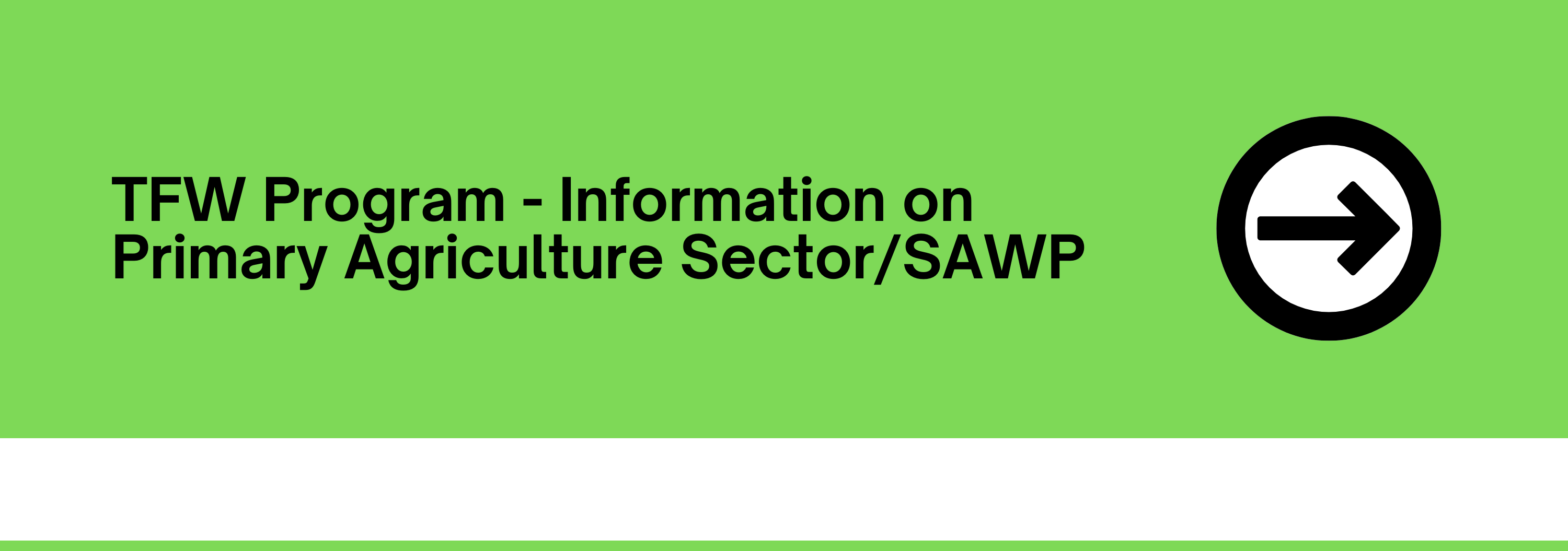Acelepryn Minor Use Label Expansion for Box Tree Moth
Please see the linked updated labels below. The labels on the Health Canada Label search app should be updated on the PMRA label search website sometime in the next few weeks; until then, the attached labels may be used for grower applications should they wish to make applications.
Please note, if making the drench application for control of Japanese Beetle larvae, the low rate will need to be used to ensure the maximum amount of active ingredient permitted per hectare per season is not exceeded. A notification article will be posted on the ONnursery blog in the coming days / weeks.
Calgary – Watering Schedule
(originally shared by CPCIA)
City of Calgary presented updates on the Preferred Watering Days initiative and Water Managed Sites Program. These proactive measures aim to help manage the City's water system load while critical infrastructure repairs and upgrades continue.
While essential repairs to the feeder main have been completed, the City is not yet operating the line at full capacity. Until major infrastructure projects are finalized, there remains an increased risk that Stage 1 Outdoor Water Restrictions could be called if water demand exceeds system capacity.
As we enter the spring and summer seasons — our busiest period for irrigation — it’s vital that our industry leads by example. By working together, we can help reduce system strain and minimize the likelihood of formal restrictions being imposed.
Why Water Conservation Matters Now, Reducing watering especially important when:
- Water treatment or distribution infrastructure is under repair or upgrade;
- Hot weather drives high demand that strains water treatment capacity;
- River levels are lower than normal due to drought;
- River water quality fluctuates.
Action Requested: Adopt Preferred Watering Days
To assist the City and protect the health of our landscapes, all irrigation professionals are asked to configure systems to follow the City’s Preferred Watering Days.
This is not a bylaw change — it is a voluntary industry effort to help balance demand and protect our ability to operate without restrictions.
Preferred Watering Days:
- Odd-Numbered Addresses: Wednesday, Friday, Sunday
- Even-Numbered Addresses: Tuesday, Thursday, Saturday
By adjusting irrigation schedules accordingly during spring system start-ups, we can help the City's reservoirs replenish adequately during periods of peak use.
About Water Managed Sites (WMS)
A Water Managed Site (WMS) designation certifies that an irrigation system can adjust watering based on actual site needs — either by weather conditions or soil moisture levels — to maintain landscape health efficiently.
Certified WMS sites are permitted greater flexibility under Stage 1 Outdoor Water Restrictions (Schedule E).
Becoming a WMS ensures:
- Healthier landscapes during periods of water shortage.
- Protection of client properties.
- Continued leadership by our industry in responsible water use.
For more information about Water Managed Site certification, please visit: Water Managed Sites
TFWP + Public Health information
Due to outbreaks of measles in Canada and in other countries, here are some reminders for employers and temporary foreign workers (workers) participating in the Temporary Foreign Worker Program (TFW Program).
Stay informed and follow the recommendations of the appropriate public health authorities
Measles is an extremely contagious disease caused by a virus. The Public Health Agency of Canada is working closely with provincial, territorial and international partners to share information and monitor the situation in Canada and globally.
Employers and workers can learn about measles and the preventive measures that can be adopted by consulting:
Employers and workers can refer to weekly surveillance reports to keep track of the current status in Canada, at a national level, and in their region of work.
As the situation evolves, public health recommendations may change. Employers and workers are recommended to regularly check the website of the public health authority in their province or territory to obtain updates and information on the preventive measures in place, particularly the availability of measles vaccination in their region:
Reminders regarding the responsibilities of employers and workers participating in the TFW Program
- On or before the beginning of the employment period, the employer must provide workers with the most recent version of the document: Temporary foreign workers: Your rights are protected - Canada.ca. The employer must also ensure that this information remains accessible to the workers throughout the duration of their employment.
- Workers are entitled to free healthcare under the health insurance system of the province or territory where they work. In case of delays upon their arrival or for any other period during which the workers are not covered, the employer must obtain and pay, without deductions from the worker’s salary, for a private health insurance covering emergency medical care until the workers are covered by the provincial or territorial plan. For workers under the Seasonal Agricultural Worker Program (SAWP) stream, the employer should ensure to follow requirements provided in the SAWP contracts.
- As the most effective way to protect oneself against measles is through vaccination, workers are encouraged to review their immunization history, including for measles, before coming to work in Canada. The employer should also make reasonable efforts to support workers who wish to voluntarily get vaccinated in Canada.
- In the event of an outbreak of communicable diseases, such as measles, the employer must work with the appropriate provincial or territorial public health authority to establish clear protocols to mitigate disease spread and maintain transparent communication with employees and the public health authority. Both the employer and the workers must follow the guidelines issued by public health. This includes recommendations regarding isolation for a specified period, including when housing is provided by the employer.
- If a worker is sick or shows symptoms of measles, they must inform their employer as soon as possible, isolate at home and call a health care provider immediately for advice. If the worker needs to leave isolation to seek medical care, it is essential to inform the facility before arriving, that the worker may have measles to allow for appropriate precautions to prevent the spread of virus to others. The employer must make reasonable efforts to ensure that workers have access to healthcare services and professionals, such as a doctor, nurse, or pharmacist.
In order to maintain a safe working environment, it is essential for employers and temporary foreign workers to be aware of available preventive measures to reduce the transmission of measles, especially given the resurgence of cases.
You are encouraged to share this communication throughout your respective networks, and with any colleagues or partners who may need to be aware of this information.
If you have questions about measles, please consult:
- *Measles: What you should know (factsheet) - Canada.ca;
- Measles: Prevention and risks - Canada.ca;
- Measles: Symptoms and treatment - Canada.ca, and
- public health services in your area.
*Please note that a Spanish version of the information sheet is linked here: Measles Factsheet_SPA
If you have questions on the TFW Program, please visit Canada.ca or reach out to the Employer Contact Centre.
Thank you for your continued collaboration.
The Temporary Foreign Worker Program
Employment and Social Development Canada
City of Calgary updates Water bylaws!
City of Calgary updates Water bylaws!
Following feedback from industry and the public to the City of Calgary, Council today passed updates to the Water Utility Bylaw (40M2006), including most importantly updated to Outdoor Water Restrictions as we head into the 2025 season. These changes were defined as ‘housekeeping’ and are not a complete review of the bylaw which is planned in the coming year. While the changes passed on March 18th do not fully address industry concerns, they do indeed go along way to providing some stability in the coming year.
Highlights include:
- Allow watering for establishment for sod (21 days), seed (45 days), and new trees and shrubs (up to 5 years)
- No set watering schedule in 2025.
- Simplified watering time from 7pm to 10 am. (for setting irrigation systems)
- Allows water use for construction and renovation (through stage 3)
- Updates to how water managed sites are managed through various stages of water restrictions.
More details will be made available as they are published by City of Calgary. Landscape Alberta submitted a letter of support as part of this review process along with ongoing consultations with the City of Calgary. There is still more work to do in this area of course, but this is a great example of what your association can and will do for the collective benefit of industry.
USA-CANADA TARIFF UPDATE
April 9, 2025
Liquidity measures announced by Government of Canada to support businesses.
Trade Impact Program: Export Development Canada will deploy $5 billion over two years to help exporters navigate tariffs, cash flow issues, and market expansion.
Business Loans: $500 million in low-interest loans via the Business Development Bank of Canada for affected sectors and supply chains, plus financial advisory services.
Agriculture Support: $1 billion in new financing through Farm Credit Canada to ease cash flow challenges for the agriculture and food industry.
Advance Payments Program: The interest-free limit is set at $250,000 for 2025.
April 2, 2025
March 31, 2025
On Wednesday April 2, members across Canada are invited to join Landscape Ontario (LO) for a discussion about the current situation and its impacts on the green trades, as well as potential mitigation strategies.
Hosted by LO executive director Joe Salemi, CAE the session will include perspectives from Canadian Nursery Landscape Association (CNLA) executive director Victor Santacruz, CLP, CAE and Canadian Federation of Independent Business (CFIB) executive vice-president of advocacy Corinne Pohlmann.
Attendance is free, and will be hosted virtually and in person at LO’s home office in Milton, Ont.
If you have specific questions you would like addressed, please include them in the registration form.
Sign up: https://landscapeontario.jotform.com/250755844105861
March 19, 2025
As trade tensions with the U.S. create uncertainty, tariffs have become a major concern for the green industry. Landscape Alberta members are invited to take part in an important discussion on the challenges, impacts, and potential strategies to navigate this evolving situation.
Hosted by Landscape Ontario (LO) Executive Director Joe Salemi, this session will feature insights from CNLA Executive Director Victor Santacruz and CFIB Executive Vice-President of Advocacy Corinne Pohlmann. Together, they will provide updates on the current trade landscape and explore ways to mitigate risks for businesses in the landscape and horticulture sectors.
📍 Attend in person or virtually, live from LO’s home office in Milton, ON.
💬 Have a question? Submit it during registration to have it addressed during the discussion.
💲 Free for Landscape Alberta members!
March 6, 2025
ON HOLD - 25% Tariff on hold until April 2
U.S. President Donald Trump said Thursday he is again pausing his tariffs on some Canadian goods, offering the country yet another roughly month-long reprieve from a punishing 25 per cent levy.
Read more >> Trump pausing tariffs on some Canadian goods until April 2
March 5, 2025
US President Donald Trump confirmed on Monday, March 3, 2025, that 25% tariffs will be implemented on Canadian and Mexican imports on Tuesday despite the initiatives to control fentanyl trafficking into the US and illegal migration.
All imports of Canadian goods are to be hit with a 25% tariff except for energy which has a 10% tariff.
Canada has worked constructively and collaboratively and invested billions of dollars over this past month to address the concerns raised by the US administration. Canada has addressed the US concerns regarding fentanyl, as proved by the US Border Service data. This removes any potential justification of US tariffs. In return, Canada has implemented $30 billion in tariffs immediately, with another $155 billion to be implemented in 21 days' time. The Prime Minister stated that EI will be expanded and made more flexible, and businesses will be supported.
To see the news release, click here.
To see the initial list of US products under tariff click here. The list mostly contains general consumer goods like food, clothing, etc. but does have provisions for hand-tools and footwear that could lead to increased prices almost immediately as the season starts.
Canada Border Services Agency has issued a customs notice on surtaxes on certain goods originating from the US. The order is here.
What this means in the short-term:
- Many landscaping tools, machinery, and supplies are imported from the US - retaliatory tariffs will make these more expensive.
- Tariffs could increase prices, squeezing profit margins and potentially raising service costs.
- Approximately 6% of total landscape horticultural crop value is exported to the USA (number is over 40% for greenhouse production). It is much lower in Alberta and Saskatchewan but given that 99.6% of all exports are to the US due to phytosanitary regulations around movement of soil it will impact some areas and growers very directly. It also limits are ability to import plant material from non-US sources.
- General economic un-ease, with a looming recession predicted, consumer confidence will be weak. We’ve seen in the past that economic conditions that lead to travel or food uncertainty (9/11, Covid pandemic) has resulted in greater consumer spending on home and garden supplies. A prolonged recession combined with high prices on other consumer goods could easily counteract this effect.
- Additional tariffs are scheduled to implement March 12 and April 2 as well as counter-tariffs from Canada set take place in late March. The proposed list of second round counter-tariffs includes a large variety of plant material that blankets much of the horticultural industry. The US has vowed to match an retaliatory tariffs at equal rates, meaning that stage 2 will include tariffs on US imports to Canada of plant material. We will continue to monitor listings as the issue progresses.
What Landscape Alberta is doing:
We are actively working to provide supports to members through this difficult trade dispute.
- Offering regular updates that are industry specific as new categories of goods are added to the tariff and counter-tariff lists.
- Working together with larger industry groups across agriculture and small business to tell our story and advocate for a prompt resolution, including groups like AAFC, CNLA, COHA, AGGA, CFIB and the Provincial and Federal Governments.
- Advocating to the federal government to invest tariff revenue into support programs for small businesses and consumers.
- Advocating for the federal government to exclude products essential to our industry from counter-tariff action (plants, irrigation supplies, construction equipment).
What can you do:
- Communicate! With customers, supplier, and your peers.
- Look at new supply chains, source local. Strengthen your B2B network – start with Landscape Alberta members and then related associations in the federation across Canada.
- Activate line of credit early to help manage cashflow and operations.
- Reduce large capital spending. Wait it out if you can, rent or look at alternate tariff free options.
Resources:
- Business Development Bank of Canada – Cash flow planning, financial support, supply-chain diversification, etc.
- Export Development Canada – Tariff mitigation strategies, market diversification, etc.
- Alberta Treasury Branch Tariff Hub – resources to help with business and personal impacts.
- Royal Bank of Canada Tariff Insights
TFW Program – Information on Primary Agriculture Sector / Seasonal Agricultural Worker Program
Starting January 2nd, the wage rate for Nursery, sod and greenhouse workers in Alberta has increased to $17.98 per hour (from $17.44) as part of the annual 3.12 increase set to the consume price index. Other changes and updates are below.
Primary Agriculture
Subject to certain criteria, four streams are available to employers to hire temporary foreign workers in the Primary agriculture sector.
Employers should regularly consult the TFW Program’s website to ensure that they are fully aware of and updated on their compliance obligations and the requirements applicable for each stream:
- Seasonal Agricultural Worker Program (SAWP)
- Agricultural Stream
- Low-wage positions in Primary Agriculture
- High-wage positions in Primary Agriculture
Prevailing wages in the SAWP and the Agricultural streams
Employers must provide temporary foreign workers with the same wages and benefits as those provided to Canadian and permanent resident workers in the same occupation.
At all times during the employment period, employers are responsible for adjusting the worker’s wage to ensure that it meets or exceeds the applicable federal/provincial/territorial minimum wage rates in effect or the National Commodity List (NCL) tables rates, whichever is higher.
The next update to the NCL wage tables is scheduled for January 2, 2025. This update will include adjustments based on the Consumer Price Index. Accordingly, wages will increase by 3.12% unless the federal/provincial/territorial minimum wage is higher.
Throughout the year 2025, based on federal/provincial/territorial changes to minimum wage, other updates will be made to the NCL tables. The TFW Program website will be continually updated to reflect these changes, and employers are encouraged to consult it regularly.
SAWP contract for 2025
The TFW Program SAWP Stream has a standard, non-modifiable contract that is reviewed annually. The SAWP contract doesn’t need to be included with the employer’s Labour Market Impact Assessment (LMIA) application. However, employers are required to keep a copy of the contract signed by both the employer and the worker on file in the event of an inspection. Workers must sign the copy of this contract on or before the first day of work, and employers must provide copies of the contract to the workers in English or French, and Spanish (when applicable). The SAWP contract for 2025 will be available on the TFW Program’s website in early January.
Temporary suspension of the minimum advertising requirements
As of January 12, 2022, and until June 30, 2025, minimum advertising requirements are suspended for employers applying for a LMIA to hire temporary foreign workers for primary agricultural positions.
This means that employers are not required to submit proof of advertisement with their LMIA application; however, they are expected to continue efforts to recruit Canadians and permanent residents, including members of groups who are under-represented in the labour market, such as:
- vulnerable youth,
- Indigenous peoples,
- newcomers to Canada,
- persons with disabilities, and
- asylum seekers with valid work permits.
For inspection purposes, employers must continue to retain records that document evidence of their recruitment efforts.
CNLA 2024 Wage Survey
Boost Your Business with Wage Survey Data: A Game-Changer for Landscapers, Nurseries, and Garden Centres
In today's competitive market, small businesses in the landscaping, nursery, and garden centre industries face unique challenges in attracting and retaining skilled employees. One powerful tool that can give you an edge is wage survey data. Understanding industry-specific wages in your geographic area not only helps you stay competitive but also enhances your hiring and retention strategies.
Industry-Specific Insights
For landscapers, nurseries, and garden centres, wage survey data provides a clear picture of prevailing wage rates within your specific industry. This information allows you to offer competitive salaries that attract top talent. Whether you're hiring seasonal workers, experienced horticulturists, or equipment operators, knowing the standard wage rates helps you make informed decisions that align with industry norms.
Geographic Relevance
Wage survey data is invaluable because it considers the geographic specifics of your business location. Pay rates can vary significantly from one region to another due to differences in the cost of living and local market conditions. By accessing localized wage data, you can ensure that your compensation packages are attractive and fair for your region. This not only helps in attracting local talent but also in making your business a desirable place to work.
Benefits to Hiring
- Competitive Offers: By leveraging wage survey data, you can craft competitive job offers that stand out to potential employees. When candidates see that your compensation aligns with or exceeds industry standards, they are more likely to choose your business over others.
- Attracting Talent: Offering competitive wages helps you attract a diverse pool of skilled candidates. This is especially crucial in the landscaping, nursery, and garden centre industries where specialized skills and knowledge are essential.
Benefits to Retention
- Employee Satisfaction: Fair and competitive wages contribute to higher employee satisfaction. When your staff feels valued and fairly compensated, they are more likely to stay loyal to your business, reducing turnover rates.
- Enhanced Productivity: Satisfied employees are generally more motivated and productive. By using wage survey data to offer competitive salaries, you create a positive work environment where employees are committed to delivering their best performance.
- Long-Term Growth: Retaining skilled workers ensures that your business can maintain high standards of service and productivity. Experienced employees bring valuable knowledge and expertise, contributing to the long-term growth and success of your business.
All participants in the 2024 CNLA Wage Survey have been automatically sent digital access to the full survey report. Members that did not particpate that require a copy can do so for the preferred rate of $50, while non-members will pay $75. For more details or to order your copy of the wage survey please visit www.wagesurvey.ca.
Make the smart choice today and leverage wage survey data to boost your hiring and retention strategies! 🌱🌼🪴









